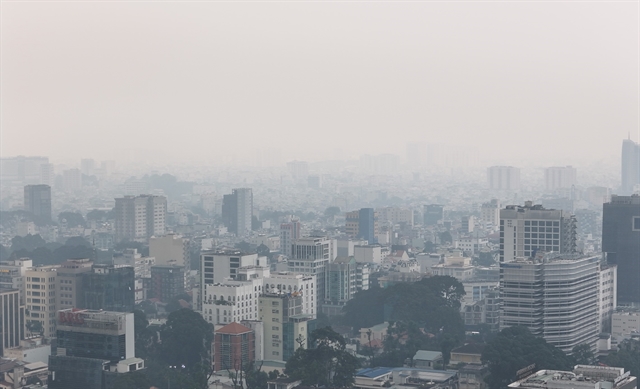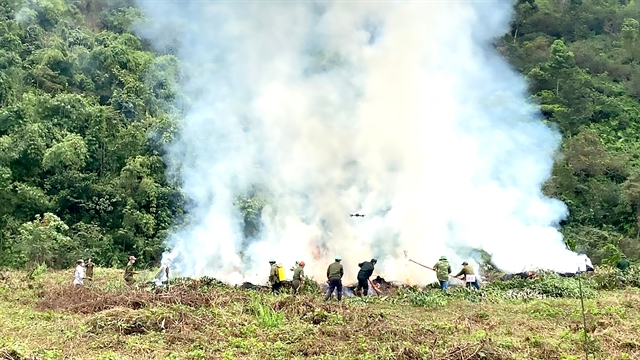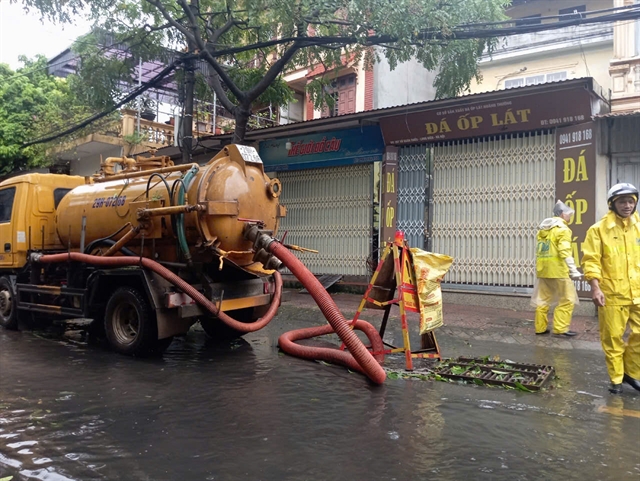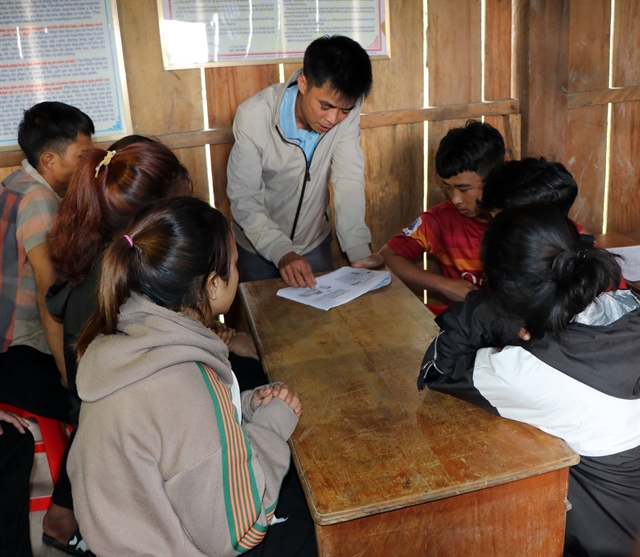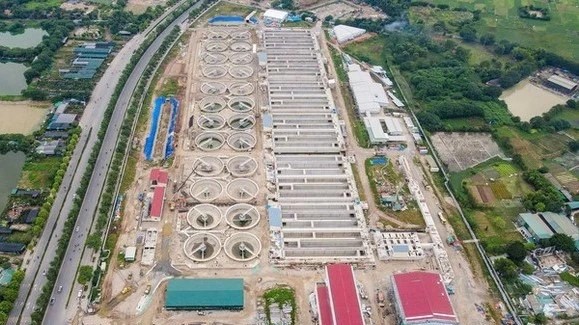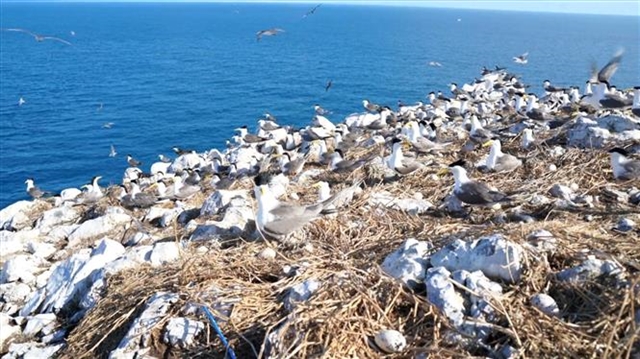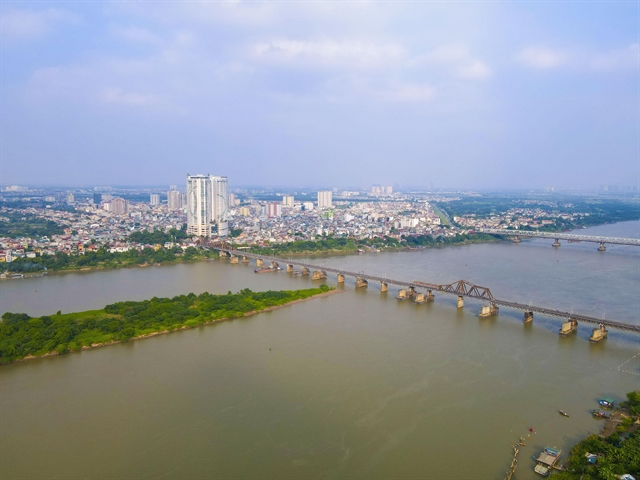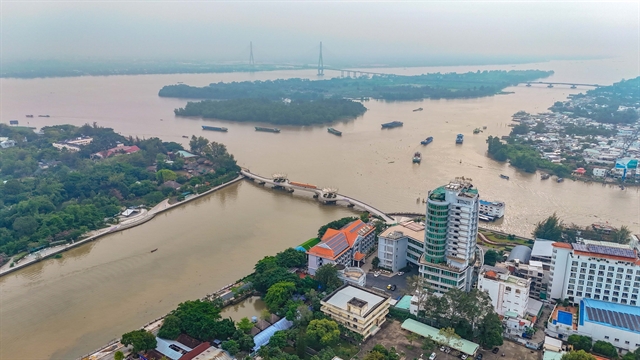 |
| The Hậu River, a distributary of the Mekong River in Cần Thơ City. — VNA/VNS Photo Thanh Liêm |
HÀ NỘI — Việt Nam’s Mekong River Commission (MRC) has recommended that local areas along the delta closely monitor the changes in water sources as the dry season begins.
They must proactively prepare to respond and regulate fresh water for agricultural production.
The MRC on Tuesday said that high tides are forecast until the end of 2024, which may result in flooding in low-lying areas in the Cửu Long (Mekong) Delta.
Data from the National Centre for Hydro-Meteorological Forecasting (NCHMF) the international MRC, and other global organisations, show that the total rainfall in the Mekong River basin this December is expected to be similar to the long-term yearly average.
Upstream areas are expected to see a decrease, while the delta region is likely to witness an increase.
Reservoirs on the Lancang River are reaching about 93 per cent of their total capacity, while reservoirs in the downstream basin are at about 85 per cent. Their capacity to generate electricity remains stable.
The flow to Kratie (Cambodia) will gradually decrease as the basin enters the dry season, and it is forecast to be between 11 billion and 13 billion cubic metres.
The Tonlé Sap in Cambodia is holding about 26.3 billion cubic metres of water, which contributes to the main flow of the Mekong River.
Việt Nam’s MRC forecast that the maximum daily water level at the Tân Châu Station (in Việt Nam’s Tây Ninh Province) this month will fluctuate with the tides, running from 1.5 to 1.9 metres.
The total water flow through this station is forecast to be between 23.6 billion and 25.1 billion cubic metres, much lower than the long-term average and the same period last year.
At Châu Đốc Station (An Giang Province), the maximum daily water level is estimated to be between 1.6 and two metres. The total water flow through this station is expected to range between 4.5 billion and 4.7 billion cubic metres, higher than during the same period in 2023.
Based on these forecasts, Việt Nam’s MRC recommends that areas in the delta region closely monitor the water flows and proactively deploy irrigation plans in preparation for the winter to spring crop production.
The NCHMF also noted that from now until January 2025, the total flow on the Mekong River to Việt Nam’s Cửu Long (Mekong) Delta will slowly decrease.
The country’s southeastern coast can expect six tidal surges between December 2024 and March 2025. — VNS
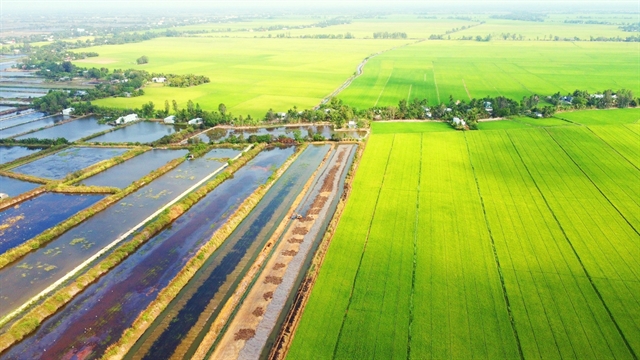 Society
Society





